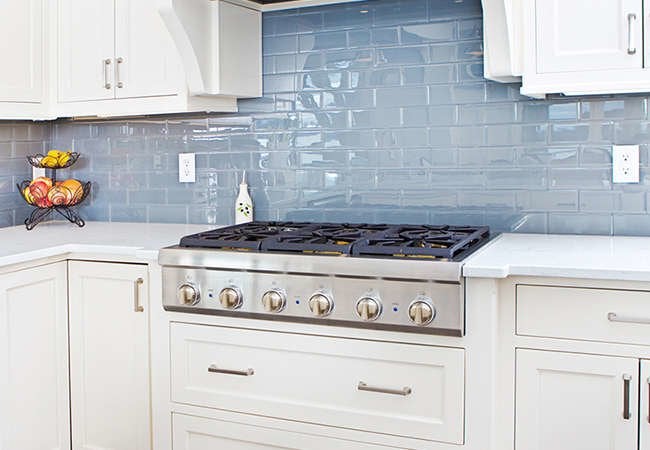We may earn revenue from the products available on this page and participate in affiliate programs. Learn More ›
Not Sealing
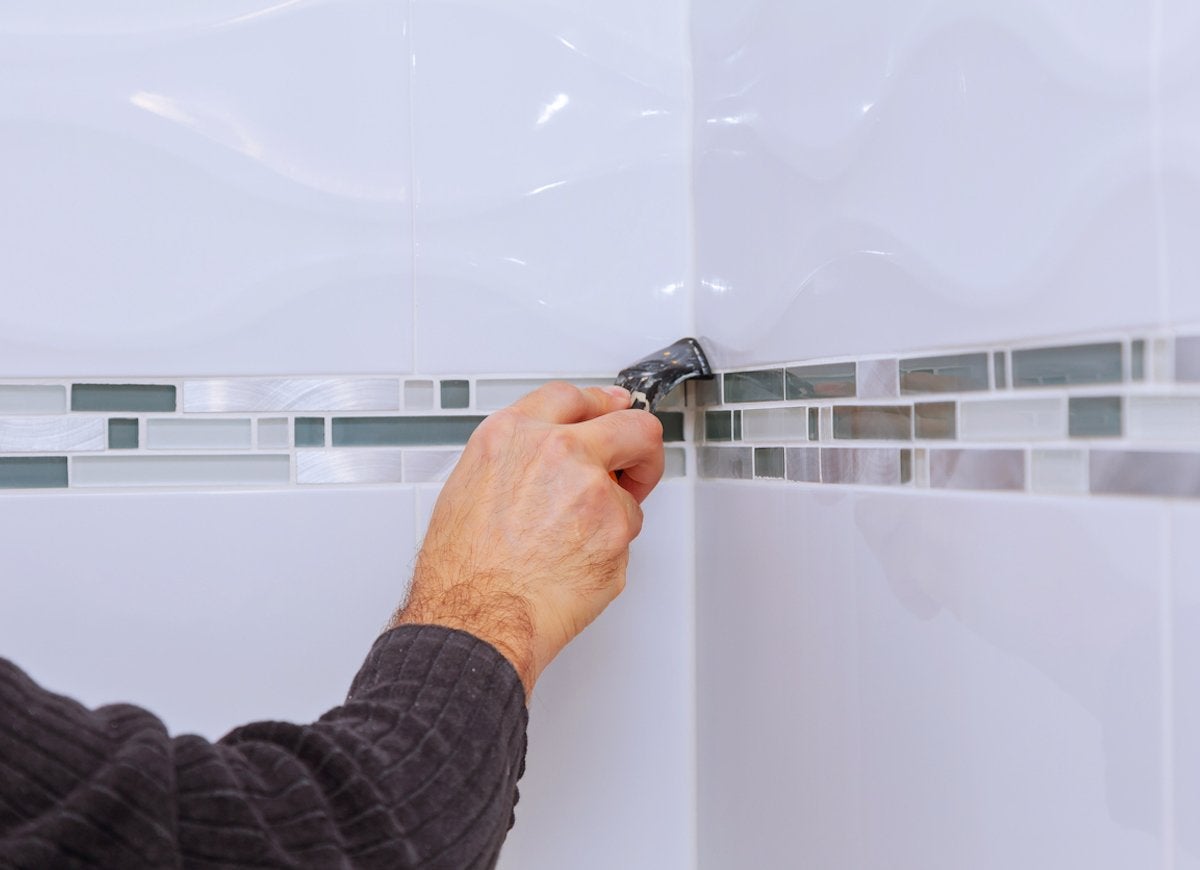
Whether your tile is on the floor, countertop, or backsplash, there’s one installation step you should never skip: sealing. Sealing will protect the tile from wear and tear and bestow extra stain protection on the grout. Consult your tile manufacturer for the appropriate sealer and schedule for your tile.
Using Abrasives
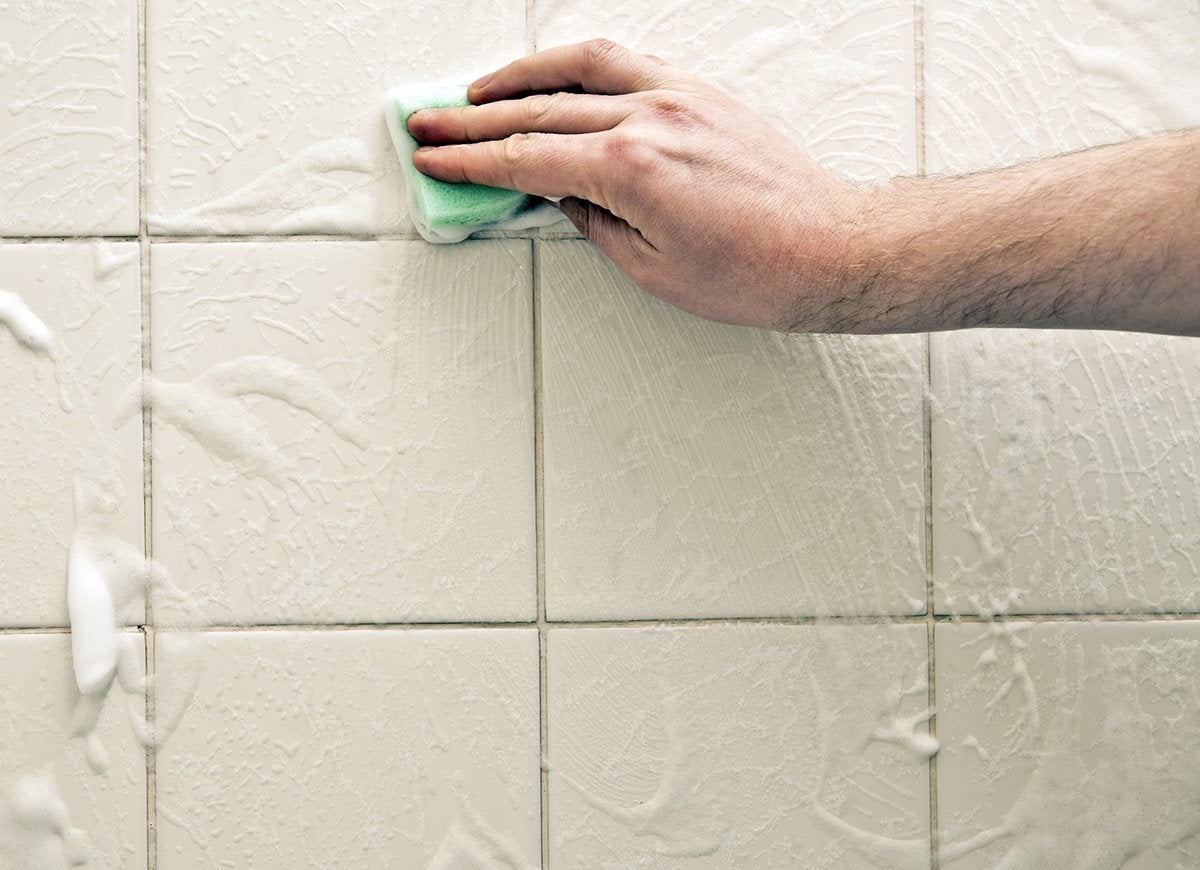
Do not use abrasive cleaning powders or substances like steel wool to scrub your tile. It will only serve to damage the finish, leaving the surface susceptible to pitting and staining.
Letting Spills Sit
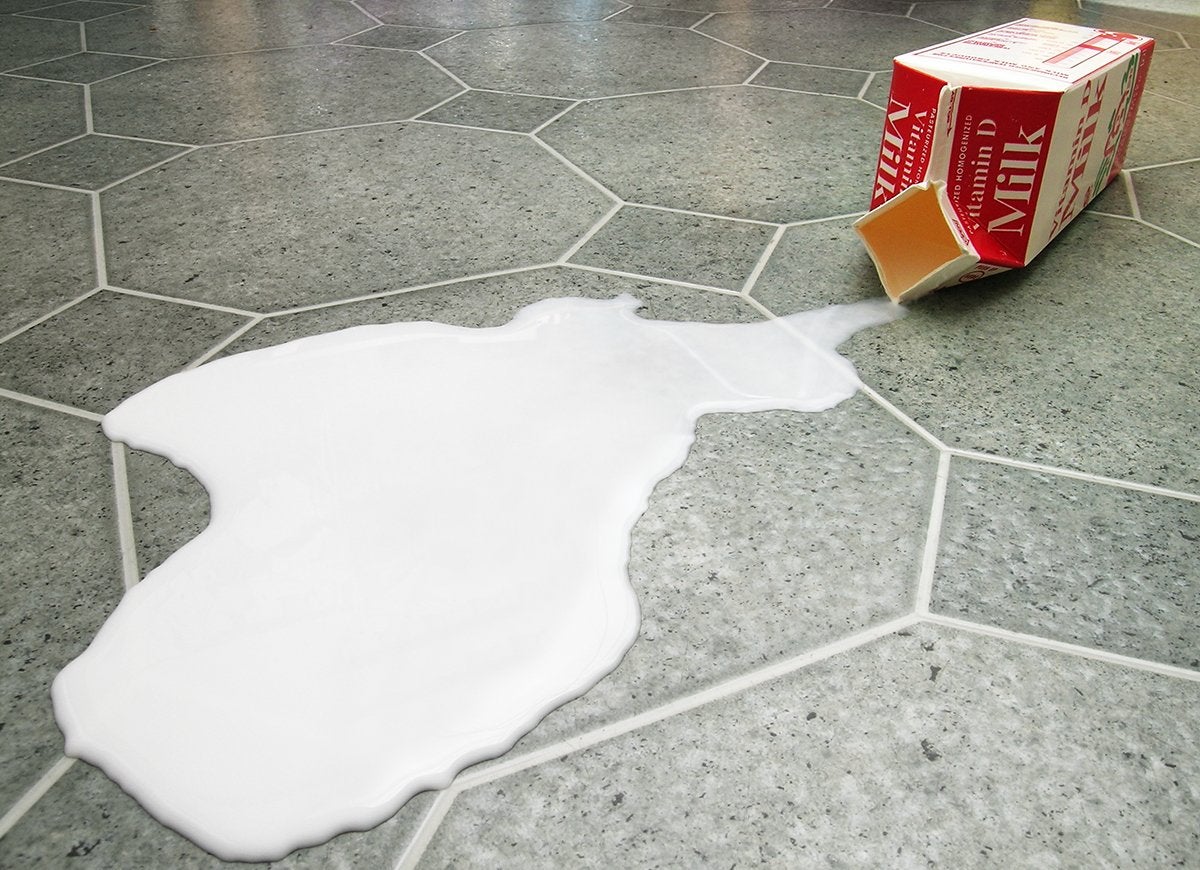
Because tile is made of porous material, it can stain easily—even when treated with a finish and sealer. And that goes doubly for grout. Any spills—especially dark beverages like red wine and coffee, or acidic substances like tomato sauce—should be cleaned up immediately to maintain a clean appearance for years to come.
Wet Mopping vs. Damp Mopping

Of course you need to clean your tile, but be careful how you do it. When mopping tile floors, do not over-wet the surface area or allow tile to air dry, which can lead to a dull and dingy appearance. Tap water contains minerals that can discolor tile, and damp grout encourages mildew growth that can cause permanent stains. Instead of wet-mopping your tile, use a damp mop, and then buff the area dry with a soft towel to bring out the shine.
Using Bleach or Ammonia
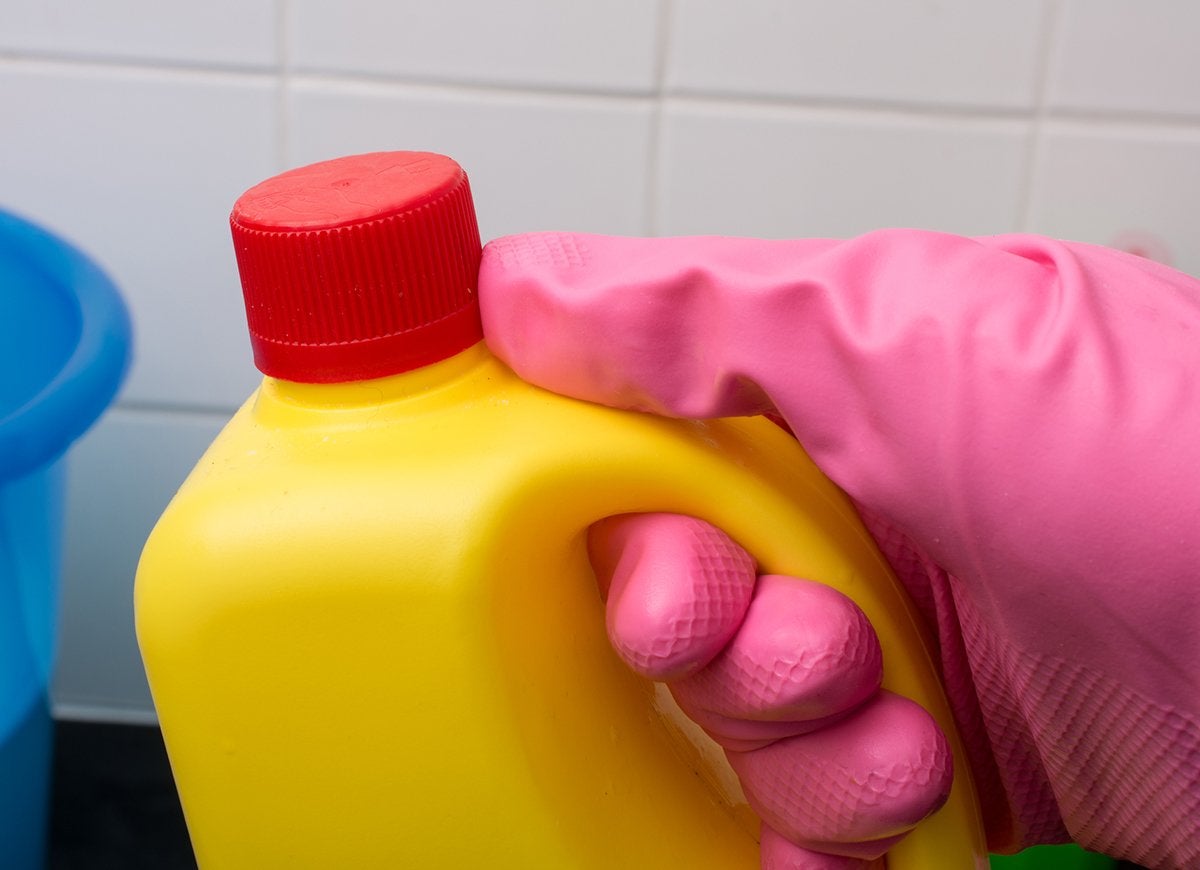
You should not apply cleaners with bleach or ammonia to tile, as it can discolor the grout over time. A mild all-purpose cleaner should do the job nicely. Or, use a cleaner recommended by your tile manufacturer.
Using Colored Cleaners
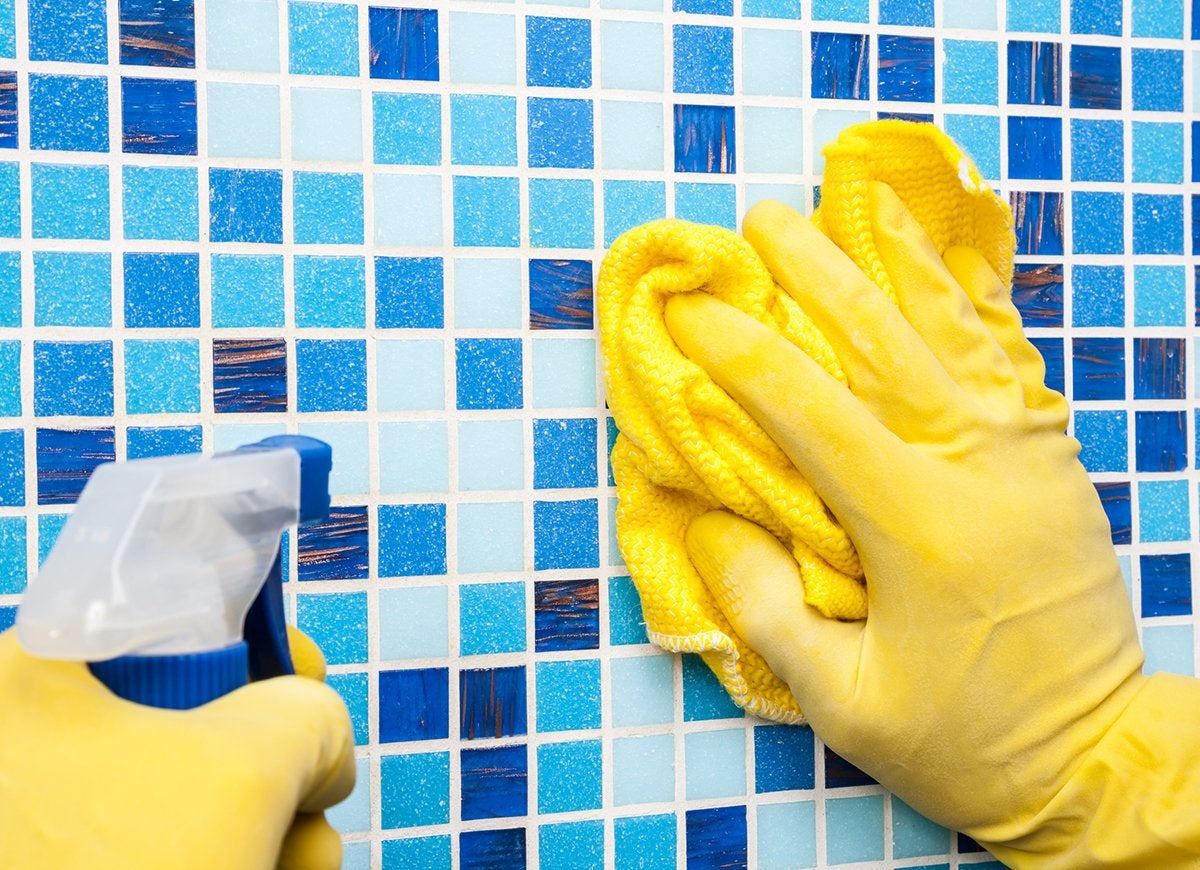
Be careful about using cleaners that contain dyes. Grout, and natural stone tiles, can absorb the color of your cleaning products, leaving you with an inadvertently rainbow-hued wall.
Related: 11 Ultra Powerful Products That Cut Your Cleaning Time in Half
Not Sweeping Enough
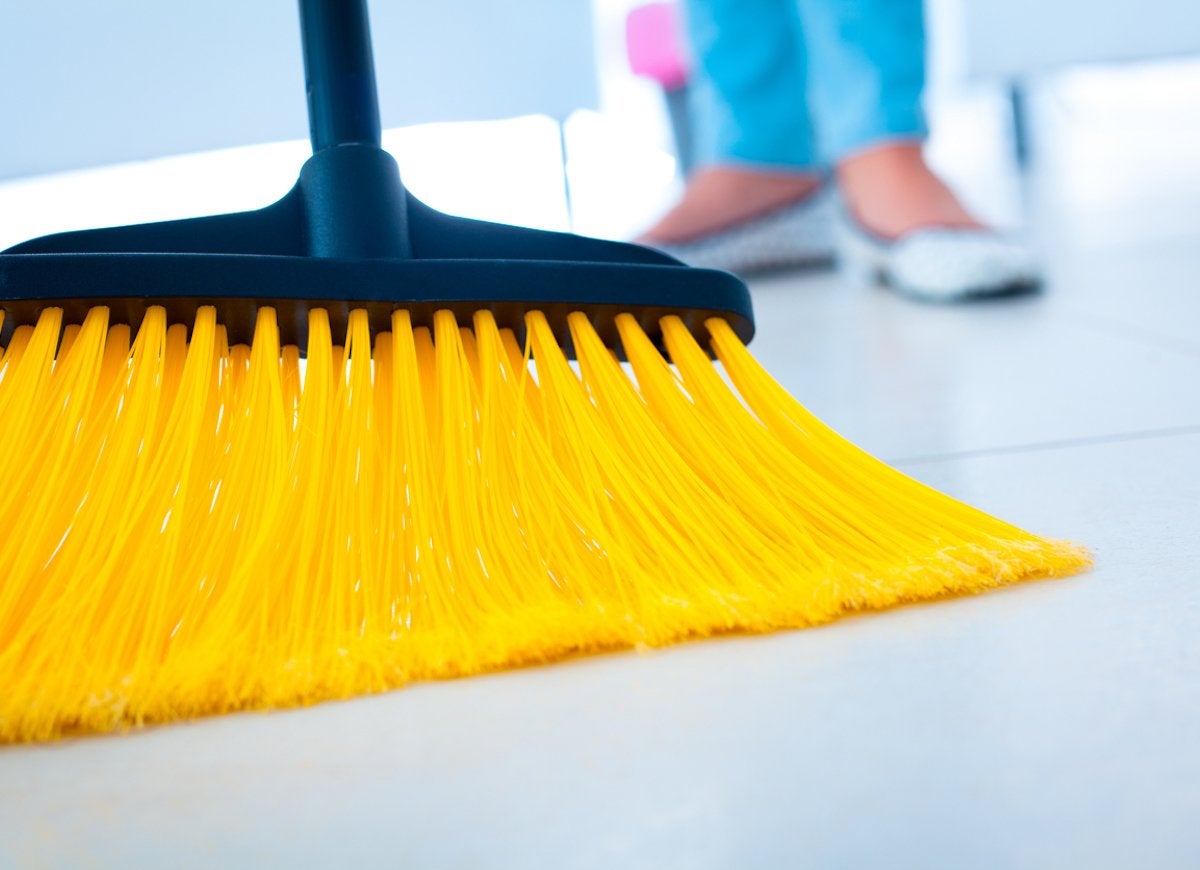
In and of itself, dirt poses little injury to tile floors—but add foot traffic into the equation, and it’s a different story. Walking on dirt and debris can grind those tiny particles into the tiles, causing scratches to form. Just like hardwood floors, tile floors need to be swept regularly to slow the process of regular wear and tear, and keep them looking nice for the long haul.
Using the Beater Brush
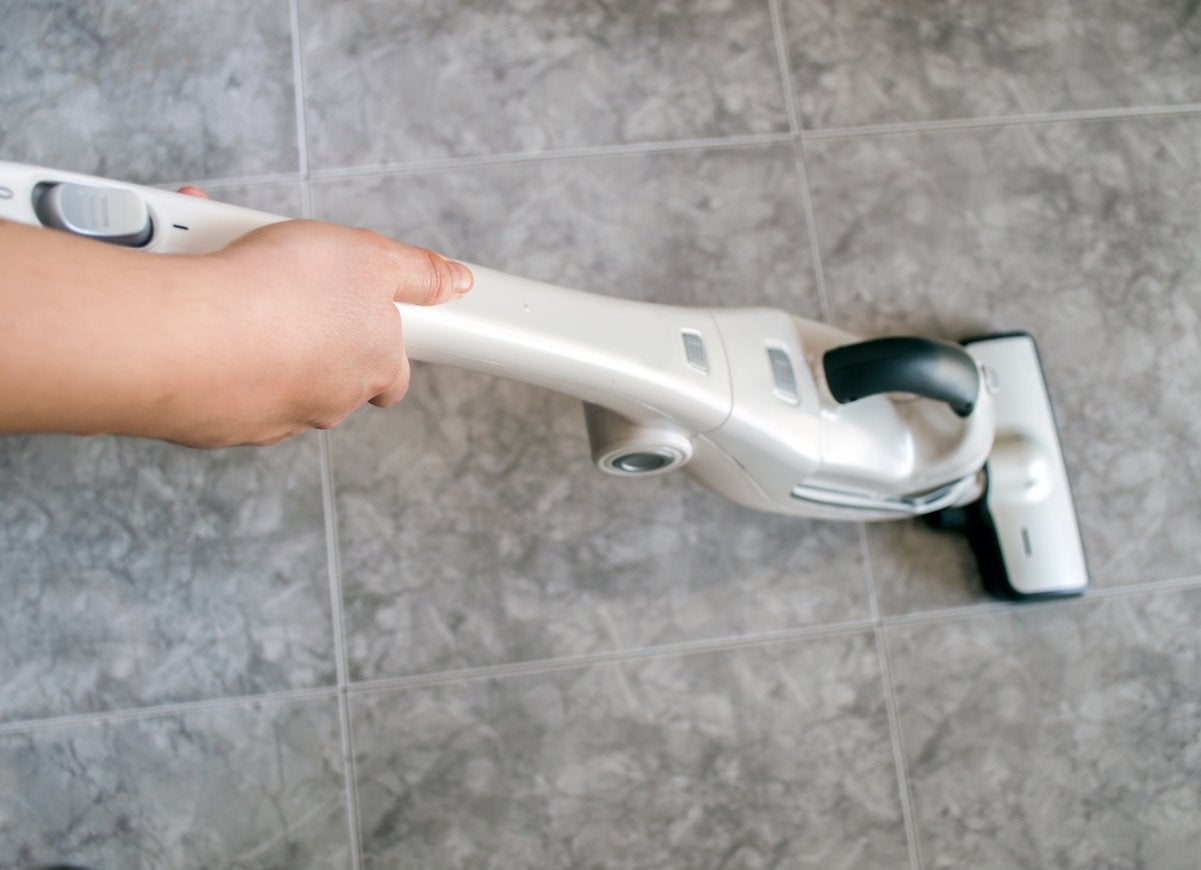
It’s a great idea to sweep your tile floors with your vacuum’s hardwood floor attachment. But it’s a big no-no to use the beater bar, which can nick or chip the finish on tile.
Not Recaulking
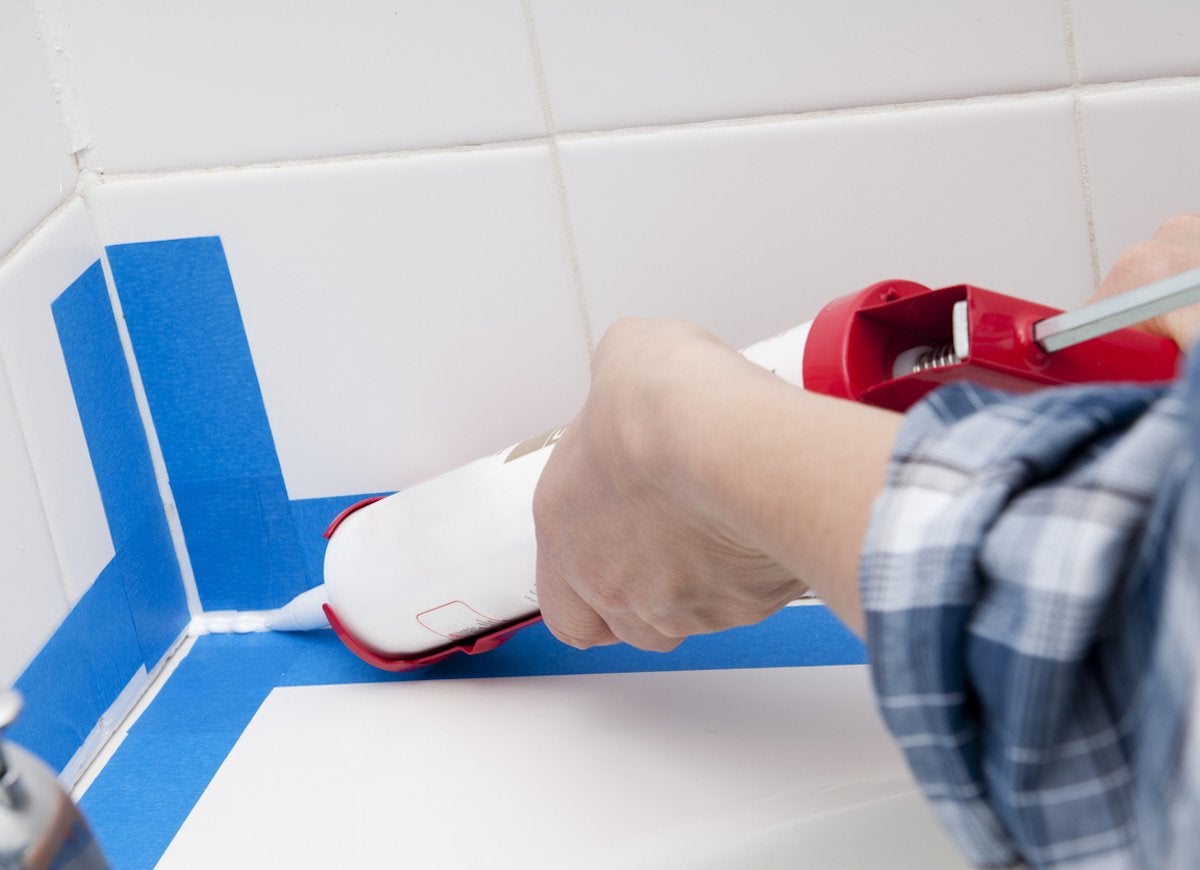
Tile that is exposed to water, especially in the kitchen or bathroom, should be recaulked from time to time. If water is allowed to get behind tiles it can loosen them and cause the grout to crack, and damage the surface underneath the tile.

Everything You Need for a Lush and Healthy Lawn
Keeping your grass green and your plants thriving doesn’t just take a green thumb—it starts with the right tools and supplies.
